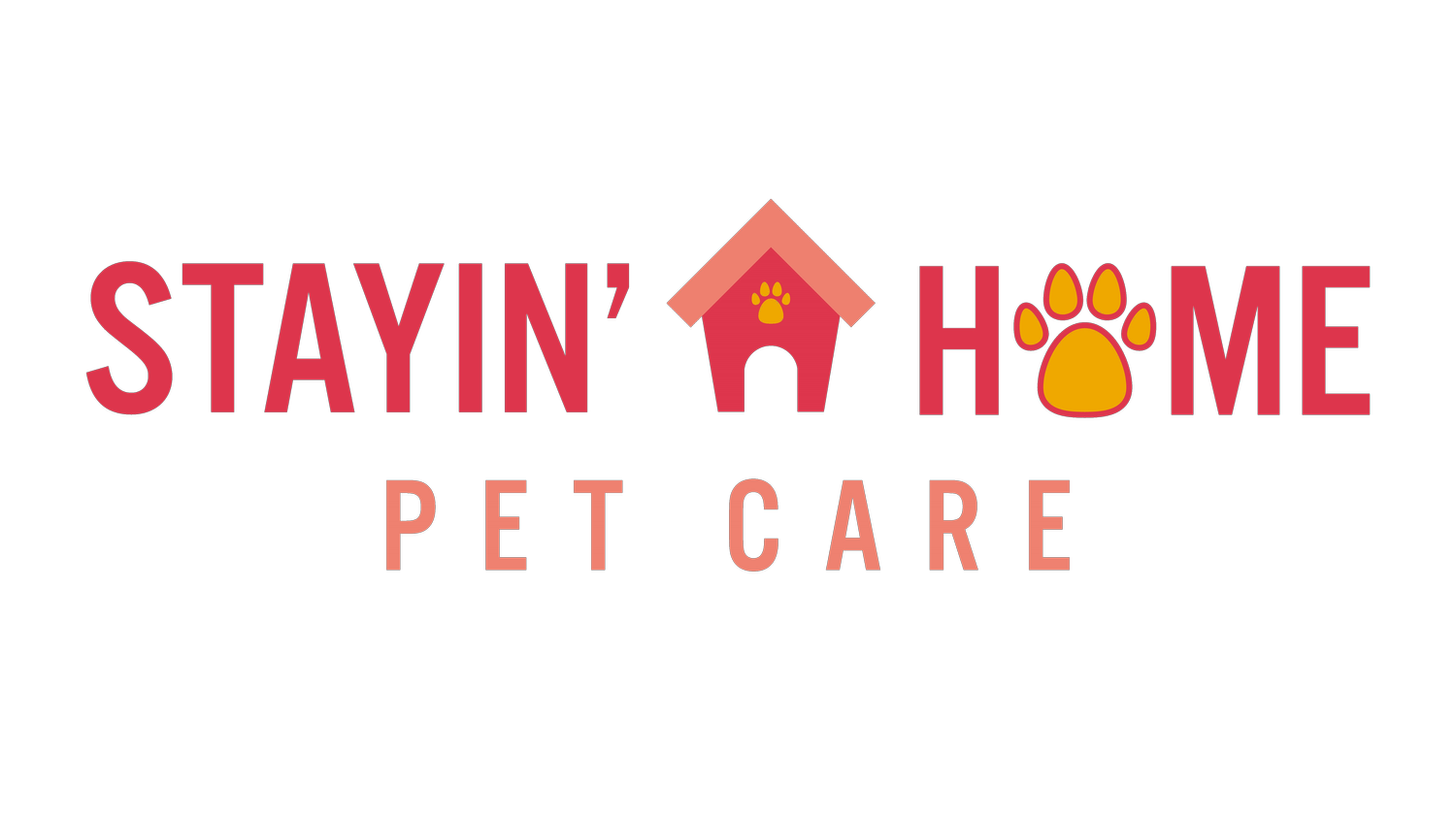Cat Grooming: A Closer Look At Our Feline Companions
As a cat owner, we're sure you've noticed your pet seems to spend quite a bit of time licking themselves. And it can be hard to tell what's normal cat grooming behavior and what isn't. So, here are some basic facts to help you better understand your feline family member and their cleaning habits.
Cleanliness Is Next To 'Cat-liness'
As a general standard, cats typically spend up to half of their waking hours grooming themselves (and also sleep almost 14 hours a day!). This behavior stems from several reasons, first of which is to maintain a clean and healthy coat. A cat's tongue is covered in fine, hair-like bristles called filiform papillae, which work well to brush off dirt, debris, and excess hair. As such, your cat can better ensure a shiny, untangled and overall well-maintained coat. Additionally, this cat grooming behavior helps to spread out natural oils that lubricate and soften their fur, as well as offer a protective layer of warmth. Finally, licking is an effective way for your cat to rid themselves of pesky critters like fleas and mites.
Cat Grooming and Health
Did you know that by licking themselves, your cat is actually improving their circulation? Also, unlike dogs, cats don't normally pant to regulate their body temperature. Instead, they lick themselves and then allow the saliva to evaporate from their fur in order to cool down. Also, when the fur is fluffed, it can allow more airflow to the skin and thus help to keep from overheating.
Self-Therapy and Social Interactions
Besides the sanitary and health benefits, cats also groom themselves simply because it feels good. This behavior helps to keep them calm and acts as a type of de-stressor and relaxation mechanism. Additionally, cats enjoy grooming each other as well. In fact, social grooming is a sign of trust and affection. So, if your cat has taken it upon themselves to start licking your arm, take it as a compliment.
Cat Grooming: When Is It Too Much Of A Good Thing... Or Not Enough?
But how can you tell if your cat is grooming too much? Or not grooming enough? One strong indicator of excessive grooming is patches and/or bald spots on your cat. It's important to note any recent contributing factors, such as stress, boredom, diet transitions, and/or seasonal changes. Overgrooming could also be a sign of a serious medical issue, such as hyperthyroidism or food allergies/intolerances.
On the other side of the spectrum, what if your cat isn't grooming enough? You'll notice dullness, excess shedding, and dander on their fur. In some cases, a cat may have not learned proper grooming behavior from their mother. This is especially prevalent in rescue kittens, who may have been separated from their mother too early. A cat may also be elderly and unable to reach every part of their body, resulting in some areas being less groomed than others.
Regardless of whether your cat is over or under-grooming, it's best to take them to your vet right away if you notice any of the above symptoms. And be sure to feed your cat a quality food and establish a regular brushing routine to help them with their grooming needs.

